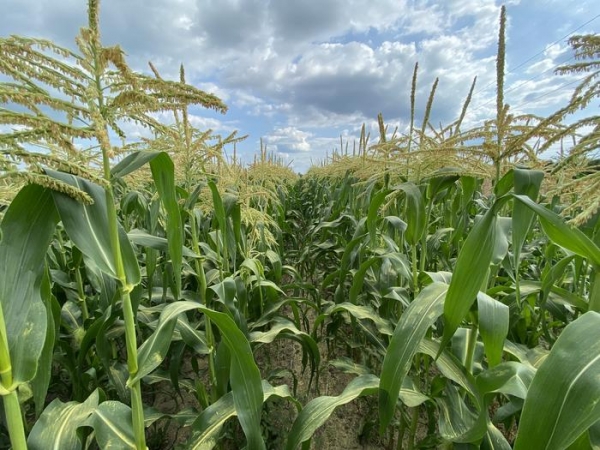A new analysis from the University of Illinois Urbana-Champaign and the USDA-Agricultural Research Service (ARS) has identified the top factors accounting for yield variability in processing sweet corn (used for canned and frozen products), including one within the control of processors.
A new analysis from the University of Illinois Urbana-Champaign and the USDA-Agricultural Research Service (ARS) has identified the top factors accounting for yield variability in processing sweet corn (used for canned and frozen products), including one within the control of processors.
“We used a very robust approach to account for sweet corn yield with field-level data across some 16,000 fields and 27 years. Year and production region were the two most important variables, which makes logical sense. But the third was seed source: the company that developed the hybrids. That's interesting because it’s actually something the industry has a choice over,” said senior study author Marty Williams, ARS ecologist and affiliate professor in the Department of Crop Sciences, part of the College of Agricultural, Consumer and Environmental Sciences (ACES) at U. of I.
The analysis drew from confidential industry data on 67 variables relating to crop genetics, management, weather, and soil factors from fields in the Upper Midwest and Pacific Northwest, where most of the nation’s processing sweet corn is grown. Williams and co-author Daljeet Dhaliwal, who completed his doctorate in the Department of Crop Sciences, used machine learning techniques to narrow down which of the dozens of factors correlated most strongly to yield across nearly 30 years.
Read more at: University of Illinois Urbana-Champaign
Photo Credit: Lauren D. Quinn, University of Illinois






